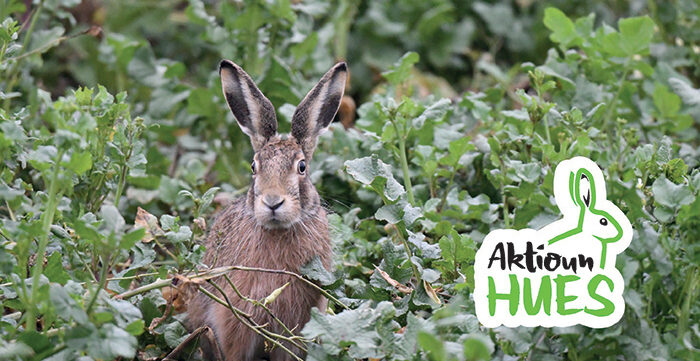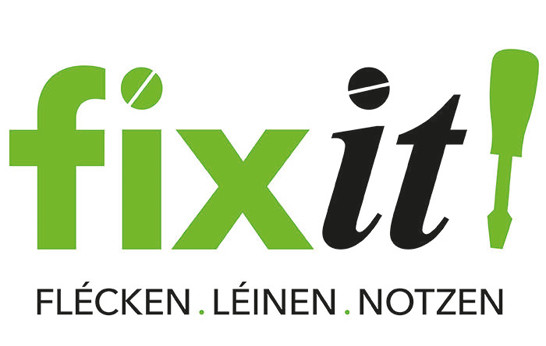
“Aktioun Hues” The hare in Luxembourg – Where can it still be found ?
This year, our new participatory action focuses on the hare. As in previous years with hedgehogs and glirids, we need your help!
Take part in our “Aktioun Hues” and share your observations on iNaturalist (instructions are available in the downloads) or by e-mail: natur@oeko.lu! In the downloads, you’ll find the “Aktioun Hues” flyer. You’ll find out why this species needs special attention, why it’s not doing well and how we can all help to protect it.
But why does the hare hide the eggs and not the hen?
There are many theories on this subject. On the one hand, the hare is one of the first animals to give birth in spring, at Easter time. The hare is therefore considered a symbol of fertility, as are eggs, which in Christianity also symbolise the resurrection of Jesus (the coloured eggs represent his empty tomb at Easter…). In other parts of Europe, other animals lay eggs at this time, such as the cuckoo in Switzerland. In some places, it’s the church bells that bring the eggs back from Rome for Easter. In German-speaking regions and Luxembourg, it’s the hare that brings the eggs – two different species.
Apparently, the hare is associated with hiding eggs, because in spring, hares would often approach villages and, because of their elusive behaviour, children were convinced that they had quickly hidden the eggs and then fled. From the mid-twentieth century onwards, the chocolate industry made massive use of the hare as a mascot for Easter, so that it is now inseparable from supermarket shelves at this time.
It would be even better if we saw him more often outside the shops…
Translated with DeepL.com (free version)
27.03.2024







